Home>Dining>Tableware>How To Clean Silver And Silver-Plated Serving Dishes
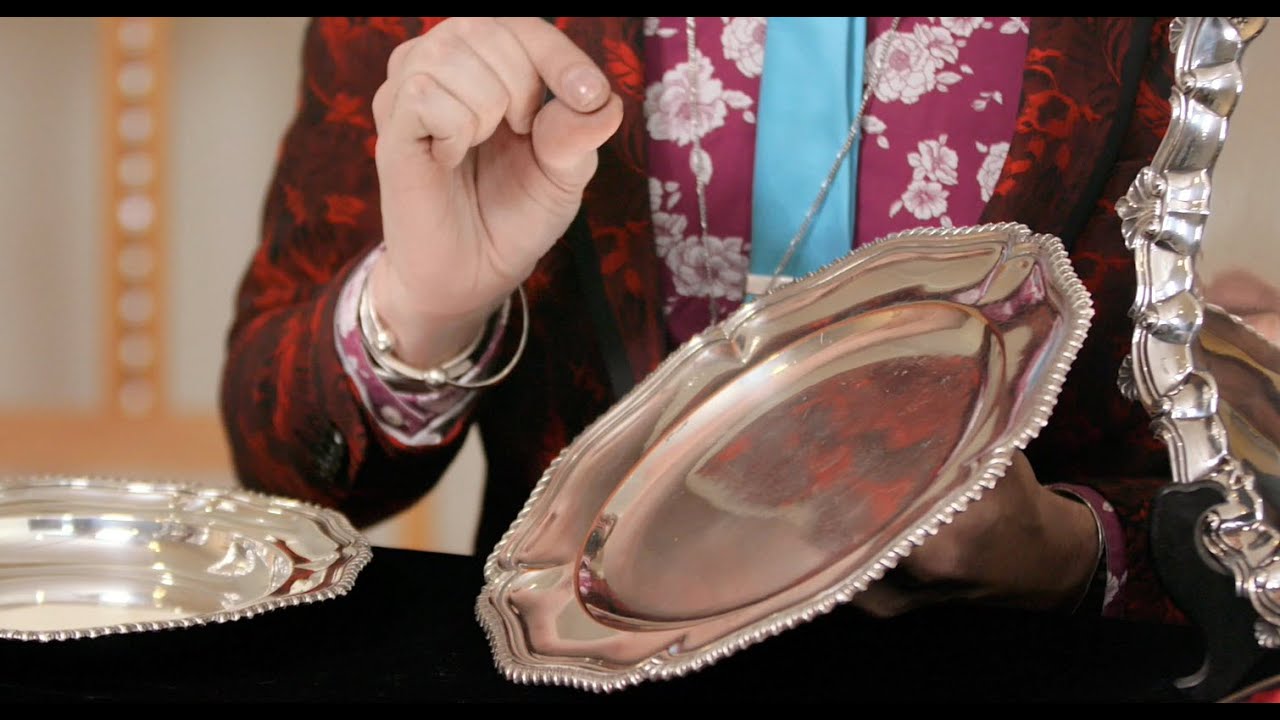

Tableware
How To Clean Silver And Silver-Plated Serving Dishes
Modified: January 18, 2024
Learn how to effectively clean and maintain your silver and silver-plated serving dishes with our expert tips and techniques. Keep your tableware looking shiny and elegant for every special occasion.
(Many of the links in this article redirect to a specific reviewed product. Your purchase of these products through affiliate links helps to generate commission for Storables.com, at no extra cost. Learn more)
Introduction
Tableware adds an elegant touch to any dining experience, and silver and silver-plated serving dishes are often sought after for their timeless beauty. However, over time, these cherished pieces can lose their luster and become tarnished. Cleaning silver can be a daunting task, but with the right knowledge and techniques, you can restore your silver and silver-plated serving dishes to their former glory.
In this comprehensive guide, we will explore the best practices for cleaning, polishing, and maintaining silver and silver-plated serving dishes. Whether you have inherited a cherished family heirloom or have recently acquired a new set of silverware, this article will provide you with the information you need to keep your tableware looking its best.
Before diving into the cleaning process, it’s important to understand the difference between silver and silver-plated serving dishes. Silver serving dishes are made entirely of sterling silver, which is composed of 92.5% silver and 7.5% of other metals, typically copper. On the other hand, silver-plated serving dishes consist of a base metal with a thin layer of silver electroplated onto the surface.
While silver is naturally resistant to tarnish, it can still become dull and tarnished over time due to exposure to air and certain chemicals. Silver-plated serving dishes, however, are more prone to tarnishing as the silver layer can wear off or become damaged.
To effectively clean and maintain both types of serving dishes, it’s crucial to follow proper techniques and use appropriate cleaning solutions. In the following sections, we will delve into the step-by-step process of cleaning and caring for silver and silver-plated serving dishes, ensuring that they dazzle on your dining table for years to come.
Key Takeaways:
- Proper care and maintenance, including gentle cleaning, polishing, and storage, are essential for preserving the shine and beauty of silver and silver-plated serving dishes, ensuring they dazzle on your dining table for years to come.
- Understanding the differences between silver and silver-plated materials, along with using appropriate cleaning solutions and techniques for each type, is crucial for effectively cleaning and maintaining cherished tableware, preserving its timeless elegance.
Understanding Silver and Silver-Plated Serving Dishes
Before diving into the cleaning process, it’s important to have a solid understanding of silver and silver-plated serving dishes. Knowing the composition and characteristics of these materials will help determine the most effective cleaning methods and maintenance routines.
Silver serving dishes, also known as sterling silver dishes, are made from 92.5% pure silver and 7.5% of other metals, usually copper. This combination of metals makes silver more durable and less prone to bending or scratching. Sterling silver often bears a hallmark or stamp indicating its authenticity and quality.
Silver-plated serving dishes, on the other hand, consist of a base metal, such as brass or nickel, which is coated with a thin layer of silver through a process called electroplating. The silver layer on silver-plated dishes is typically much thinner than that of sterling silver. Over time, this layer may wear off or become tarnished, revealing the base metal underneath.
One key distinction between silver and silver-plated serving dishes is their maintenance needs. While sterling silver is resistant to tarnish, it can still become dull or tarnished if not properly cared for. Regular cleaning and polishing are required to keep sterling silver dishes shining bright. On the other hand, silver-plated dishes are more susceptible to tarnishing and require extra care to prevent the silver layer from wearing off.
When it comes to identifying the type of serving dish you have, there are a few key factors to consider. Look for hallmarks or stamps on the piece, as sterling silver dishes are often marked with symbols or numbers indicating their silver content. Silver-plated dishes may have markings indicating the type of base metal used, such as “EP” for electroplated or “EPNS” for electroplated nickel silver.
Understanding the differences between sterling silver and silver-plated serving dishes will help guide you in selecting the appropriate cleaning solutions and methods for each type. In the next section, we will explore the steps to prepare an effective cleaning solution for your silver and silver-plated dishes.
Preparing the Cleaning Solution
Before you begin cleaning your silver and silver-plated serving dishes, it’s essential to prepare a gentle but effective cleaning solution that will remove tarnish and restore their shine without causing damage. Here’s how to prepare a homemade cleaning solution:
- Baking Soda Paste: Baking soda is a versatile cleaning agent that can effectively remove tarnish from silver. Create a paste by mixing 1 tablespoon of baking soda with enough water to form a thick consistency.
- Mild Dish Soap Solution: A mild dish soap solution is an excellent choice for cleaning both sterling silver and silver-plated dishes. Fill a basin or sink with warm water and add a few drops of mild dish soap. Avoid using harsh detergents or abrasives that can scratch or damage the surface.
- Vinegar and Salt Solution: For more stubborn tarnish, you can create a vinegar and salt solution. Mix 1/2 cup of white vinegar with 2 tablespoons of table salt. Stir the mixture until the salt dissolves.
These homemade cleaning solutions are gentle yet effective, making them suitable for use on delicate silver surfaces. If you prefer ready-made silver cleaning solutions, there are many commercial options available on the market. Just be sure to read and follow the manufacturer’s instructions for optimal results.
Now that you have your cleaning solution ready, let’s move on to the cleaning process for both silver and silver-plated serving dishes. Remember to handle your tableware with care and avoid using abrasive materials that could scratch or damage the surface.
Note: Before cleaning any silver or silver-plated piece, it’s a good idea to test the cleaning solution on a small, inconspicuous area to ensure it doesn’t cause any adverse reactions.
Cleaning Silver Serving Dishes
Cleaning silver serving dishes requires a delicate touch to preserve their beauty and prevent damage. Here is a step-by-step guide on how to clean your silver serving dishes:
- Prepare the Cleaning Area: Find a clean and well-ventilated area to work in. Place a soft towel or a non-abrasive mat on the surface to protect your silver from scratches.
- Remove Loose Dirt: Gently remove any food particles, dust, or debris from the surface of the silver serving dishes using a soft-bristled brush or a microfiber cloth. Be careful not to scratch the silver.
- Apply Baking Soda Paste: Take the baking soda paste you prepared earlier and apply a thin layer to the tarnished areas of the silver serving dishes. Use a soft cloth to rub the paste onto the tarnished surface, working in circular motions. This gentle abrasive action will help remove the tarnish.
- Rinse and Dry: Once you’ve successfully removed the tarnish, rinse the silver serving dishes under warm running water to remove the baking soda residue. Dry the dishes thoroughly with a soft, lint-free cloth to prevent water spots.
- Polish the Silver: To enhance the shine and luster of the silver serving dishes, use a silver polishing cloth or a specialized silver polish. Gently rub the polish onto the surface in small, circular motions, following the manufacturer’s instructions. This will help remove any remaining tarnish and bring out the natural brilliance of the silver.
- Buff the Silver: After polishing, use a clean, soft cloth to buff the silver serving dishes gently. This will remove any excess polish and give the silver a beautiful shine.
Remember, it’s crucial to handle your silver serving dishes with care to avoid unnecessary scratches or damage. Avoid using abrasive materials, harsh chemicals, or abrasive scrubbers that can harm the silver’s surface. Additionally, never soak your silver serving dishes for an extended period, as prolonged exposure to water can cause damage.
Now that your silver serving dishes are clean and shiny, let’s move on to cleaning silver-plated serving dishes in the next section.
Cleaning Silver-Plated Serving Dishes
Cleaning silver-plated serving dishes requires extra care to prevent damage to the delicate silver layer. Follow these steps to safely and effectively clean your silver-plated serving dishes:
- Prepare the Cleaning Area: Find a clean and well-ventilated area to work in. Place a soft towel or a non-abrasive mat on the surface to protect your silver-plated dishes from scratches.
- Remove Loose Dirt: Use a soft-bristled brush or a microfiber cloth to gently remove any food particles, dust, or debris from the surface of the silver-plated serving dishes. Take care not to apply too much pressure or scrub vigorously, as this can damage the delicate silver layer.
- Apply Mild Dish Soap Solution: Fill a basin or sink with warm water and add a few drops of mild dish soap. Submerge the silver-plated dishes in the soapy water and let them soak for a few minutes to loosen any tarnish.
- Gently Clean the Surface: Use a soft sponge or cloth to gently clean the silver-plated dishes, paying extra attention to tarnished areas. Avoid using abrasive materials or scrubbing too vigorously, as this can cause the silver layer to wear off.
- Rinse and Dry: After cleaning, rinse the silver-plated dishes under running water to remove any soapy residue. Dry the dishes thoroughly with a soft, lint-free cloth, ensuring no moisture is left behind.
- Polish with a Soft Cloth: To enhance the shine of the silver-plated dishes, use a soft cloth to gently polish the surface. Avoid using abrasive or scratchy cloths that can damage the silver layer.
It’s important to note that silver-plated dishes should not be polished too frequently, as excessive polishing can wear down the thin silver layer. Instead, focus on regular gentle cleaning to maintain their appearance. If the silver-plated layer becomes worn or damaged, it may need professional replating.
By following these cleaning steps and handling your silver-plated serving dishes with care, you can preserve their beauty and ensure their longevity.
Next, we’ll explore the final steps of polishing and buffing to add that extra shine to your silver and silver-plated serving dishes.
After washing silver and silver-plated serving dishes with warm soapy water, dry them immediately with a soft cloth to prevent water spots and tarnishing.
Read more: How To Clean Aluminum Serving Dishes
Polishing and Buffing
Polishing and buffing are the final steps in the cleaning process for both silver and silver-plated serving dishes. These steps help to enhance the shine and luster of your tableware. Here’s how to polish and buff your serving dishes:
- Choose the Right Polish: Select a silver polish that is specifically formulated for silver or silver-plated surfaces. Ensure that the polish is gentle and non-abrasive.
- Apply the Polish: Take a small amount of polish on a soft, lint-free cloth or a specialized silver polishing cloth. Gently apply the polish to the surface of the serving dishes, focusing on tarnished or dull areas.
- Polish in Small Circular Motions: Using light pressure, rub the polish into the silver or silver-plated dishes using small circular motions. This helps to distribute the polish evenly and remove any remaining tarnish or dullness.
- Pay Attention to Detail: Make sure to polish all nooks and crannies of your serving dishes, including any intricate designs or handles. Take your time to ensure every section receives proper attention.
- Buff for a Brilliant Shine: After polishing, use a clean, soft cloth to gently buff the serving dishes. This step removes any excess polish and brings out a brilliant shine.
- Check for Streaks or Residue: Inspect the surface of your serving dishes for any streaks or residue. If you notice any, go over those areas again with a clean, dry cloth to remove them.
Remember to be gentle when polishing to avoid scratching or damaging the silver or silver-plated layer. If you’re unsure about the best method or product to use, consult with a professional silverware cleaner for guidance.
Once your serving dishes are polished and buffed, they will regain their gorgeous shine and be ready to adorn your dining table. But the journey doesn’t end here! Maintaining the shine requires proper care and storage, which we will explore in the next section.
Maintaining the Shine
After investing time and effort into cleaning and polishing your silver and silver-plated serving dishes, it’s important to maintain their shine and keep them looking stunning for years to come. Here are some tips for maintaining the shine of your tableware:
- Regular Dusting: Dust your serving dishes regularly using a soft, lint-free cloth or a specialized silver cleaning cloth. This will help prevent dust and dirt from building up and dulling the shine.
- Gentle Washing: If your serving dishes come into contact with food or beverages, hand wash them promptly using a mild dish soap and warm water. Avoid harsh scrubbing or dishwasher use, as these can cause damage.
- Immediate Drying: After washing, dry your serving dishes thoroughly with a soft, lint-free cloth to prevent water spots or staining.
- Use Gentle Cleaning Solutions: When cleaning your silver or silver-plated dishes, opt for gentle cleaning solutions and avoid harsh chemicals that can damage the surface. Stick to homemade solutions like baking soda paste or mild dish soap solutions.
- Avoid Exposure to Harsh Substances: Protect your serving dishes from contact with substances that can cause tarnish, such as acidic foods, salty or acidic condiments, and rubber bands. Additionally, avoid using silverware directly with stainless steel or other metals to prevent a chemical reaction that can tarnish the silver.
- Store Properly: Store your serving dishes in a cool, dry place to minimize exposure to moisture and humidity. Use anti-tarnish strips or storage bags specifically designed for silverware to help prevent tarnishing.
- Regular Inspections: Periodically inspect your serving dishes for any signs of tarnish or damage. Catching early signs of tarnish allows for quick maintenance and prevents the need for more extensive cleaning.
It’s important to note that even with proper care, some level of tarnish may occur naturally over time, especially with silver-plated dishes. Regular cleaning and maintenance will be necessary to keep your serving dishes looking their best.
Now that you know how to maintain the shine of your silver and silver-plated serving dishes, let’s move on to the final section where we’ll discuss the importance of proper storage.
Storing Silver and Silver-Plated Serving Dishes
Proper storage is crucial for preserving the beauty and shine of your silver and silver-plated serving dishes. Follow these guidelines to ensure your tableware remains in pristine condition while in storage:
- Clean and Dry: Before storing your serving dishes, make sure they are thoroughly cleaned and dried. Any residual moisture or food particles can lead to tarnish or corrosion over time.
- Use Anti-Tarnish Strips or Bags: Place anti-tarnish strips or tabs near your serving dishes in storage containers or drawers. These strips help to absorb moisture and inhibit tarnish formation.
- Wrap Individually: Wrap each serving dish individually in acid-free tissue paper or non-abrasive cloth to prevent scratches or contact with other items.
- Avoid Direct Contact: When stacking multiple serving dishes, place a layer of tissue paper or cloth between each piece to prevent them from scratching or damaging each other.
- Separate Stainless Steel: Do not store silver or silver-plated dishes directly in contact with stainless steel or other metals, as it can cause a chemical reaction that leads to tarnish.
- Avoid Exposure to Air and Moisture: Store your serving dishes in a clean, dry area away from direct sunlight and moisture. Excessive exposure to air and humidity can accelerate tarnishing.
- Regularly Rotate: To ensure equal air circulation and prevent prolonged contact with any one surface, periodically rotate and rearrange your stored serving dishes.
- Inspect and Maintain: Regularly inspect your serving dishes for any signs of tarnish or damage during storage. If any tarnish is detected, gently clean and polish the affected areas before returning the dishes to storage.
By following these storage practices, you can help minimize tarnish and keep your silver and silver-plated serving dishes in great condition. Remember to periodically check on your stored items and freshen up the anti-tarnish protection as needed.
With these tips, you’re well-equipped to clean, maintain, and store your silver and silver-plated serving dishes, ensuring their enduring beauty for generations to come.
Now it’s time to put your knowledge into practice and enjoy the stunning display of your impeccably maintained tableware!
Conclusion
Tableware holds a special place in our homes and gatherings, and silver and silver-plated serving dishes add an elegant touch to any occasion. With proper care and maintenance, you can ensure that your cherished tableware retains its shine and beauty for years to come.
In this comprehensive guide, we have explored the best practices for cleaning, polishing, and maintaining silver and silver-plated serving dishes. We discussed the differences between silver and silver-plated materials, as well as the appropriate cleaning solutions and techniques for each type.
Remember to handle your tableware with care, avoiding abrasive materials and harsh chemicals that can cause scratches or damage. Regular cleaning, polishing, and gentle storage practices are key to maintaining the shine of your serving dishes.
Additionally, keep an eye out for signs of tarnish or damage and promptly address them to prevent further deterioration. Regular inspections ensure that your tableware remains in optimal condition.
By following the steps outlined in this guide and incorporating proper maintenance into your routine, your silver and silver-plated serving dishes will continue to impress and delight your family and guests for generations to come.
Now, it’s time to bring out your beautifully polished serving dishes, set the table, and create memorable experiences while enjoying the impeccable elegance of your silver and silver-plated tableware.
Frequently Asked Questions about How To Clean Silver And Silver-Plated Serving Dishes
Was this page helpful?
At Storables.com, we guarantee accurate and reliable information. Our content, validated by Expert Board Contributors, is crafted following stringent Editorial Policies. We're committed to providing you with well-researched, expert-backed insights for all your informational needs.
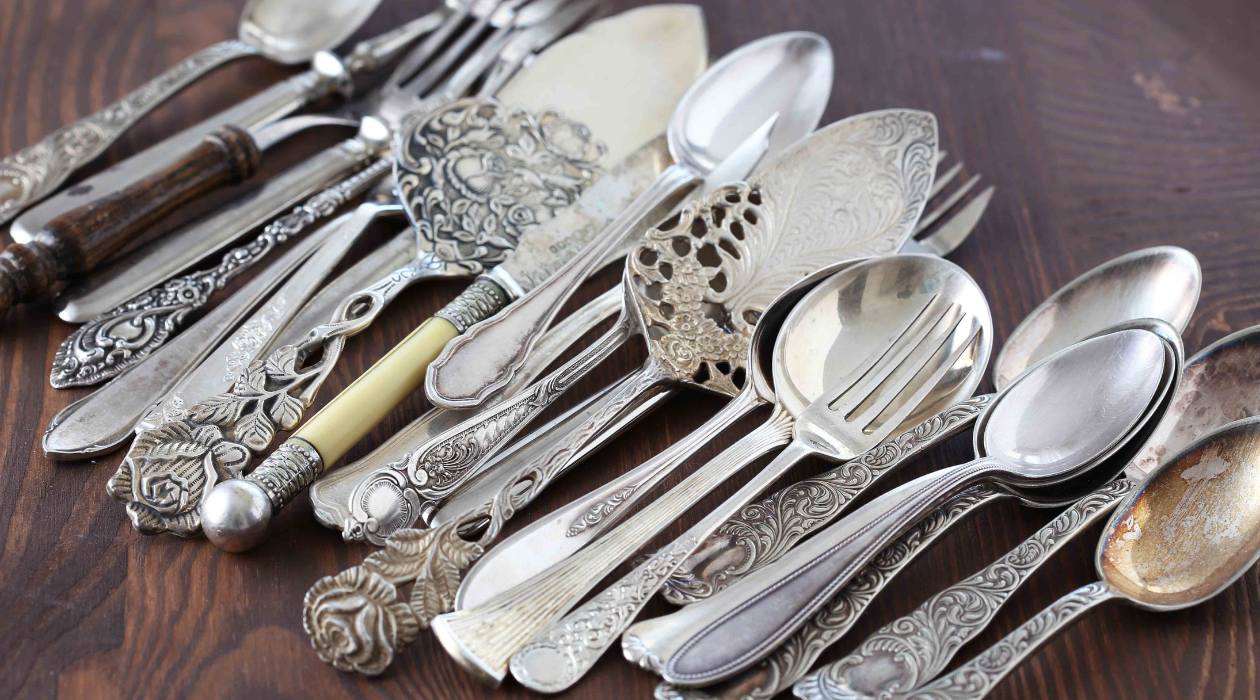

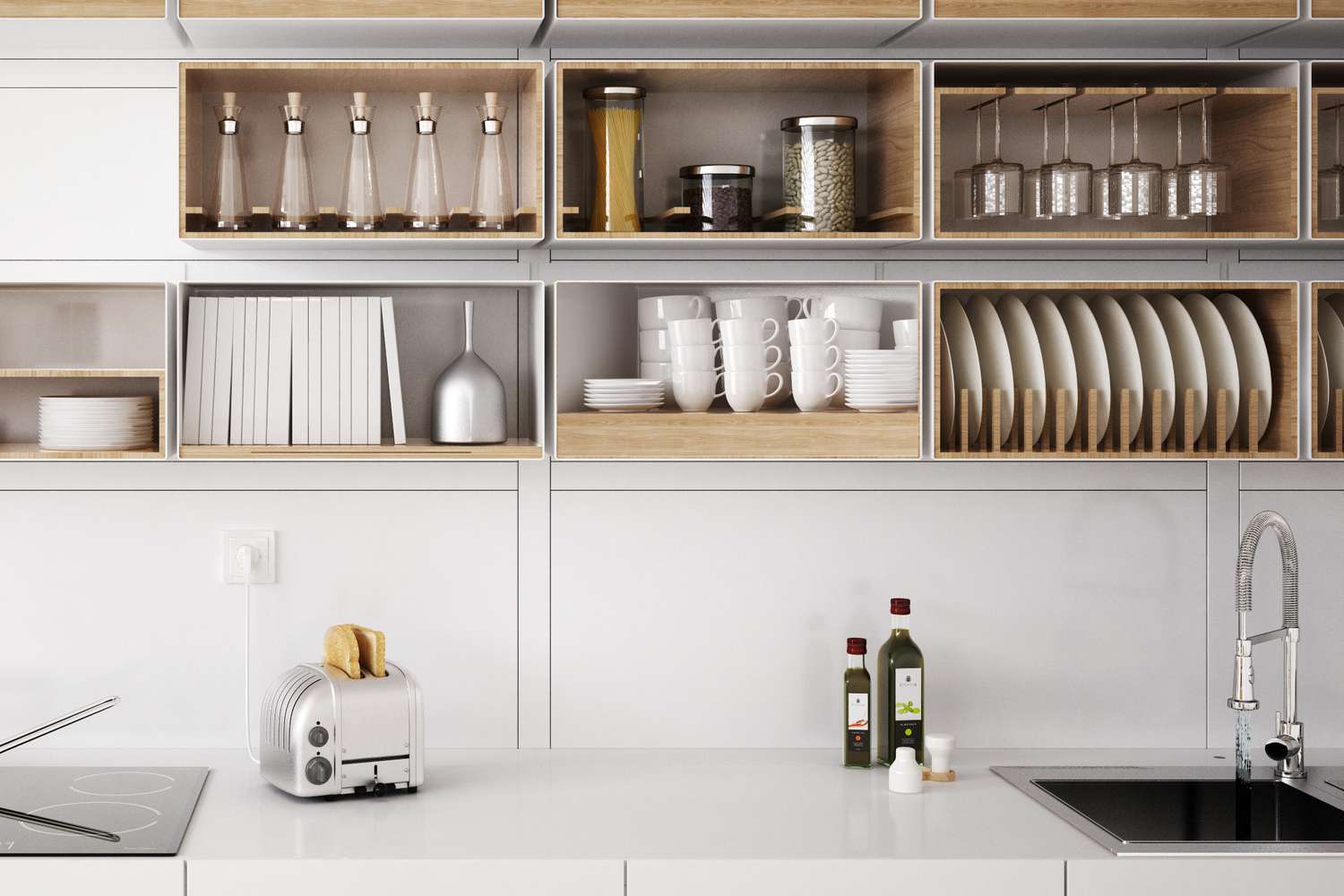
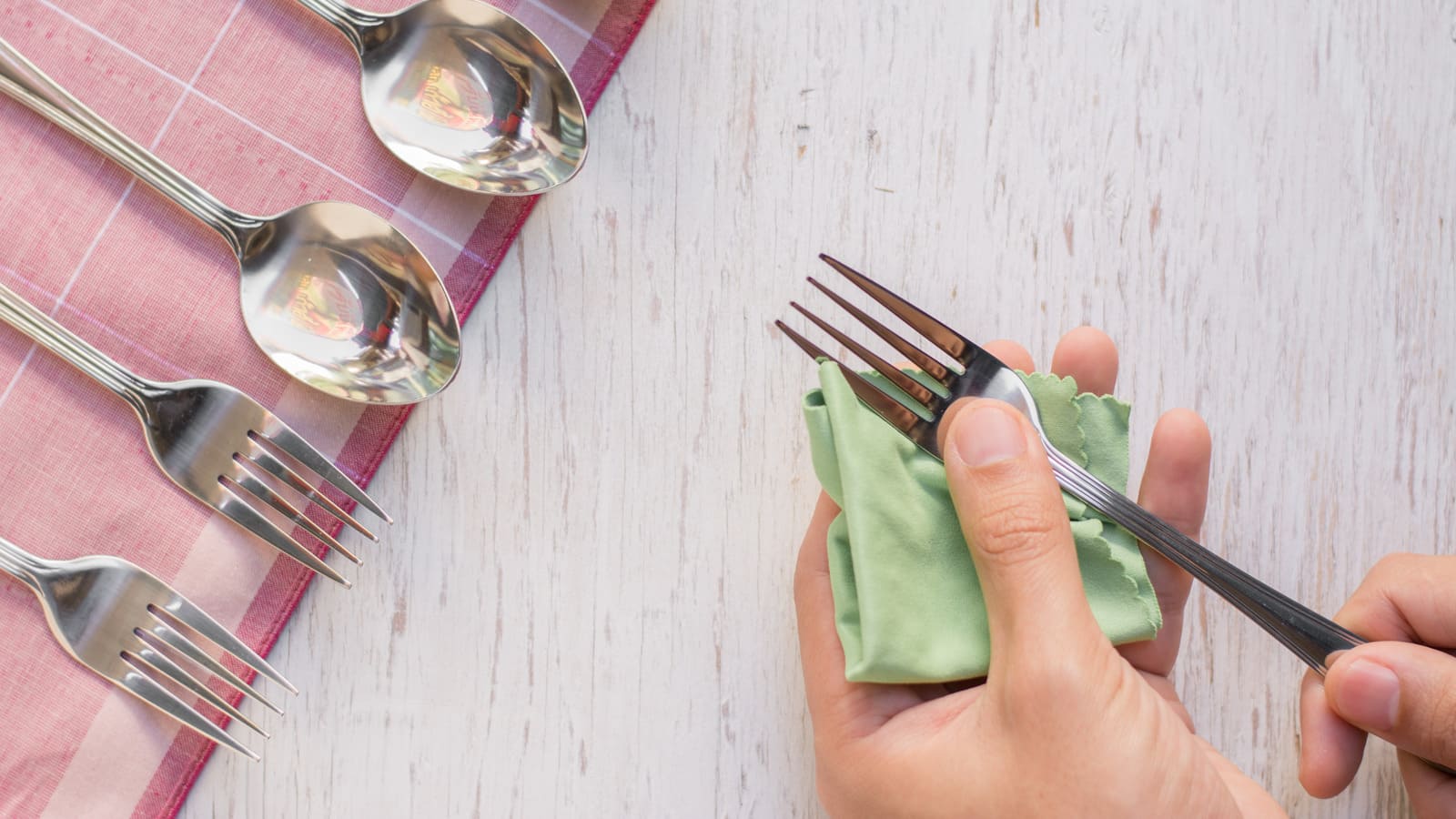
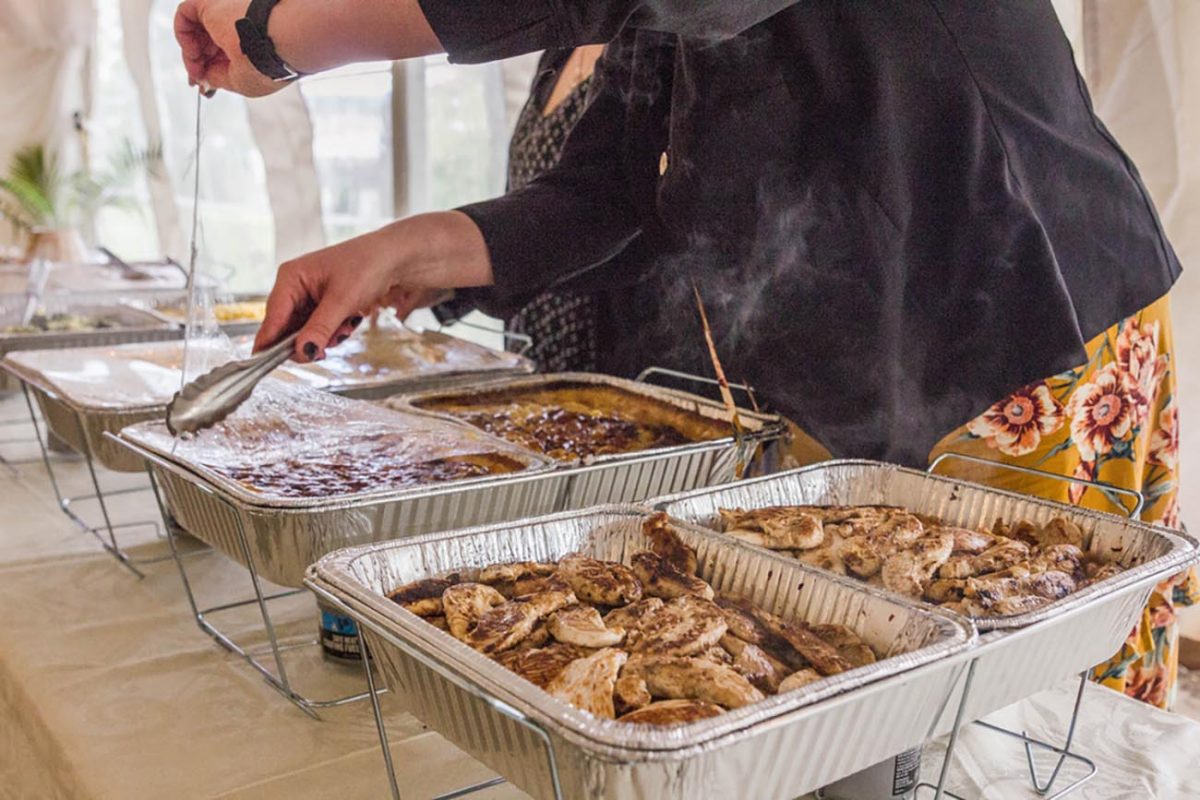
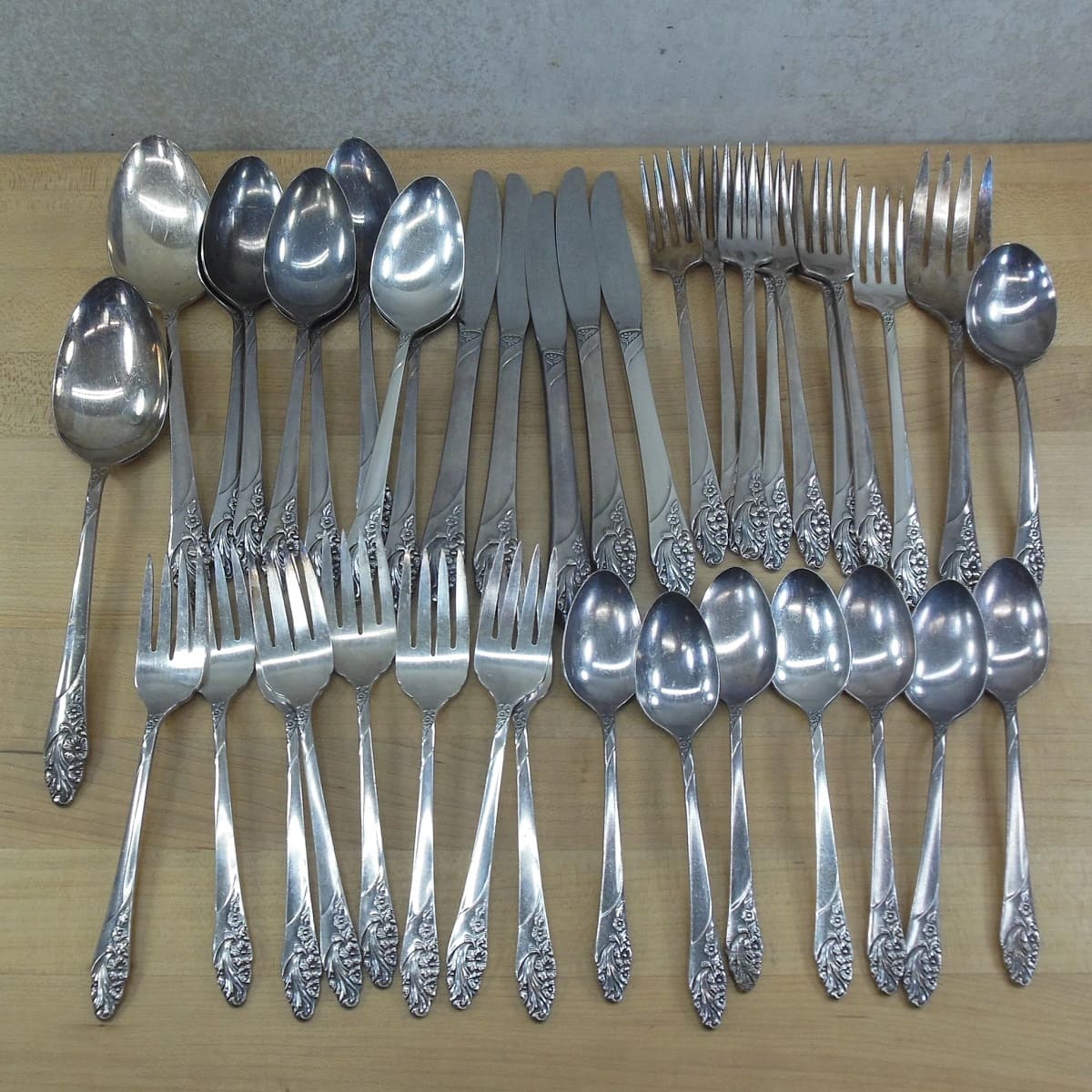
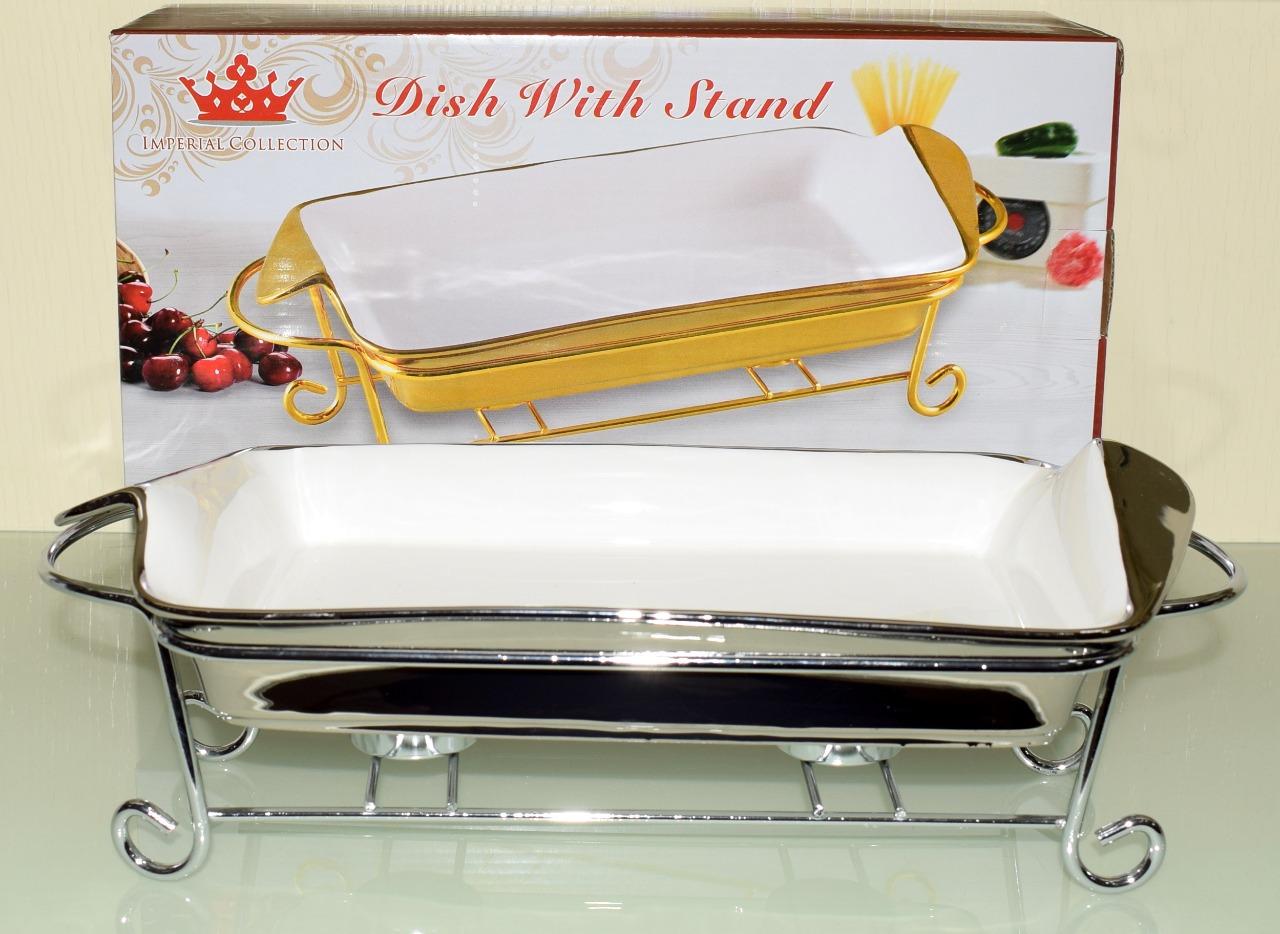
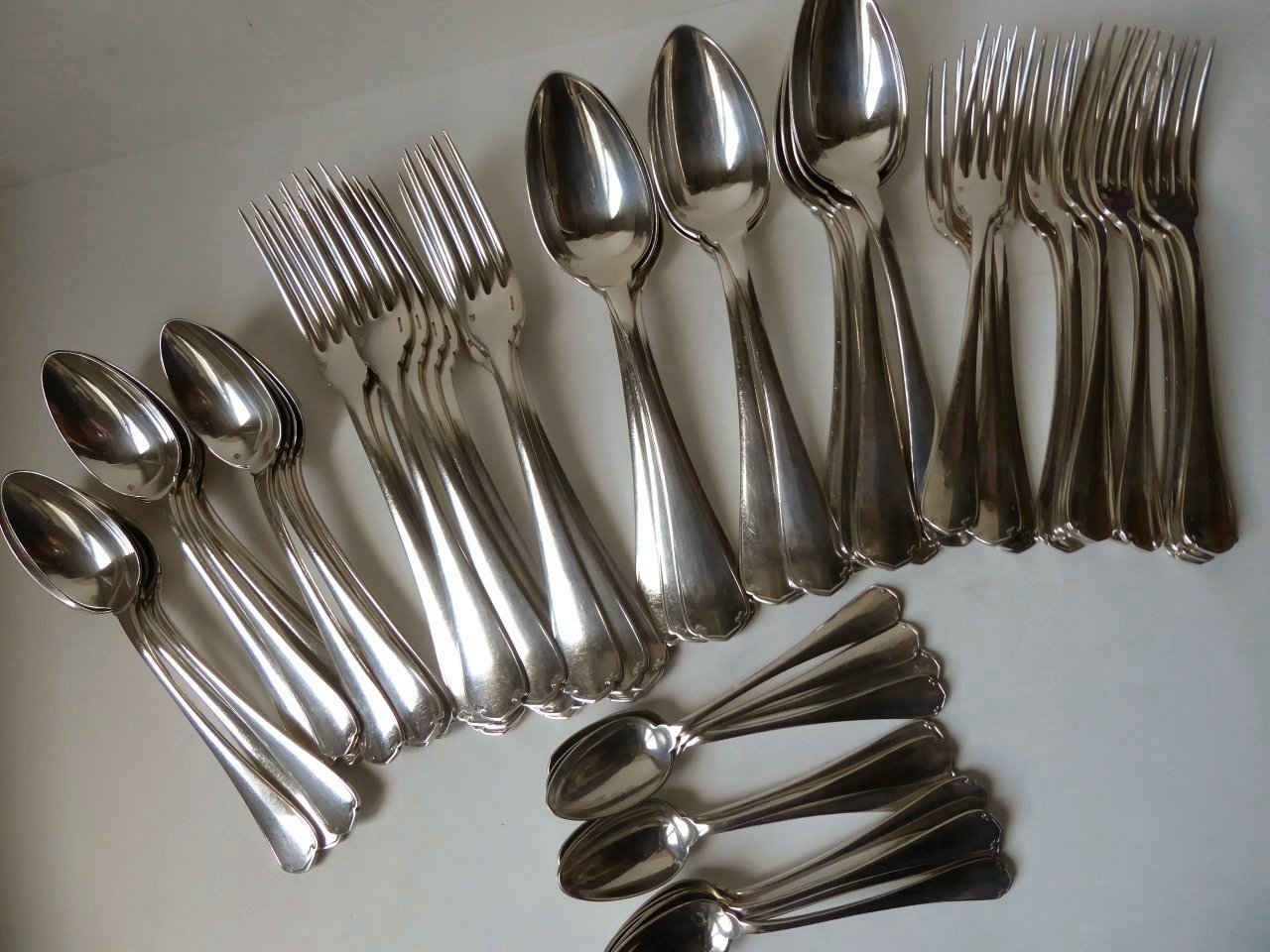

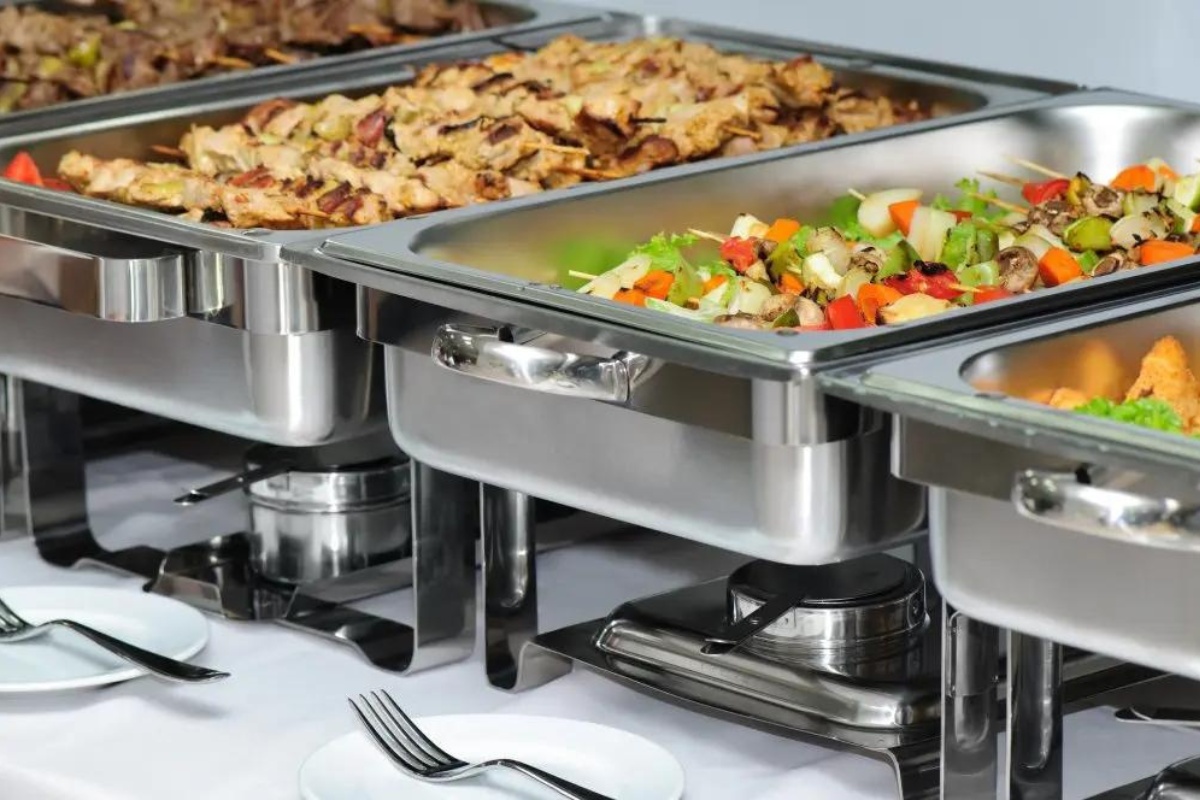

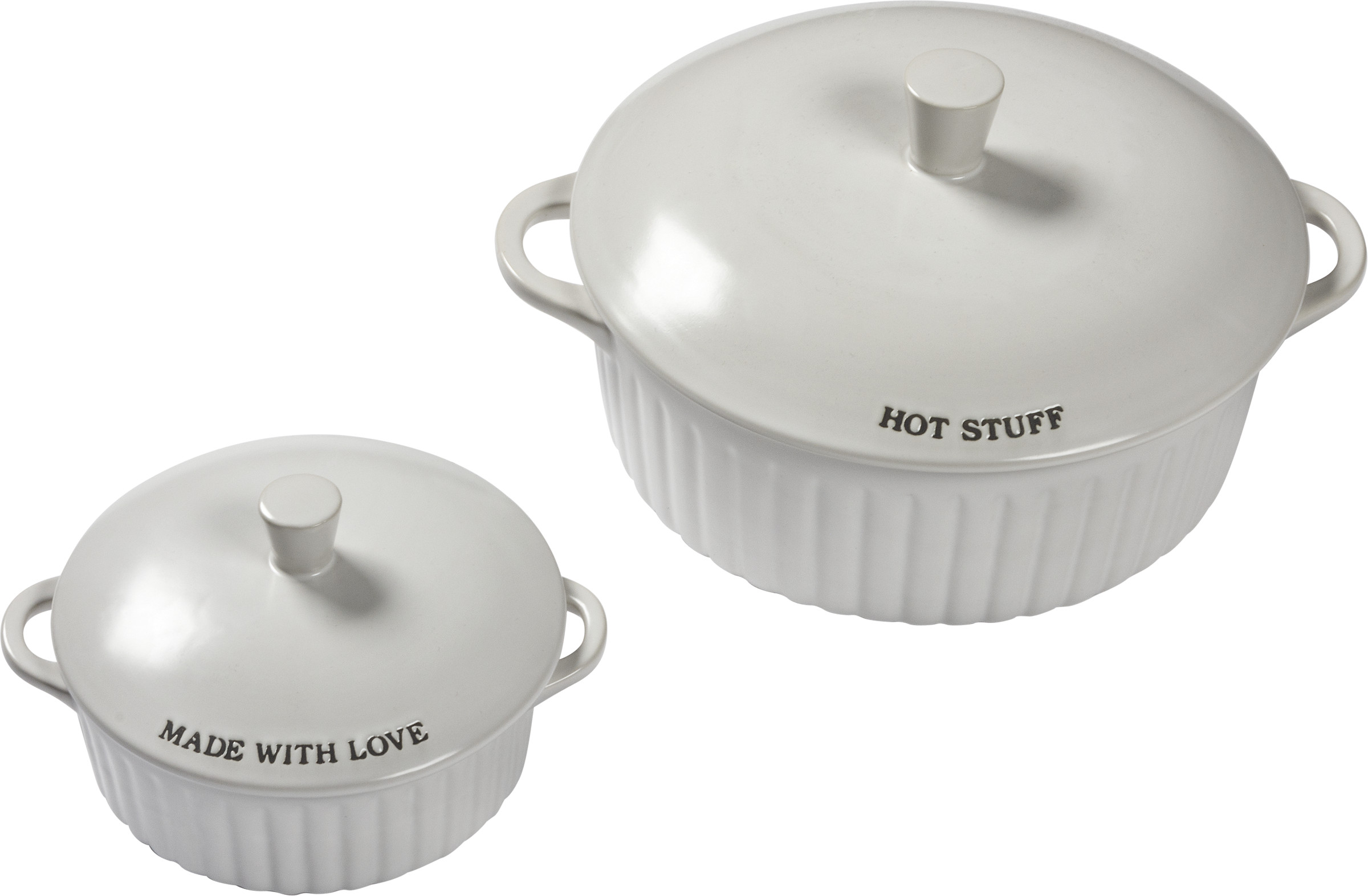
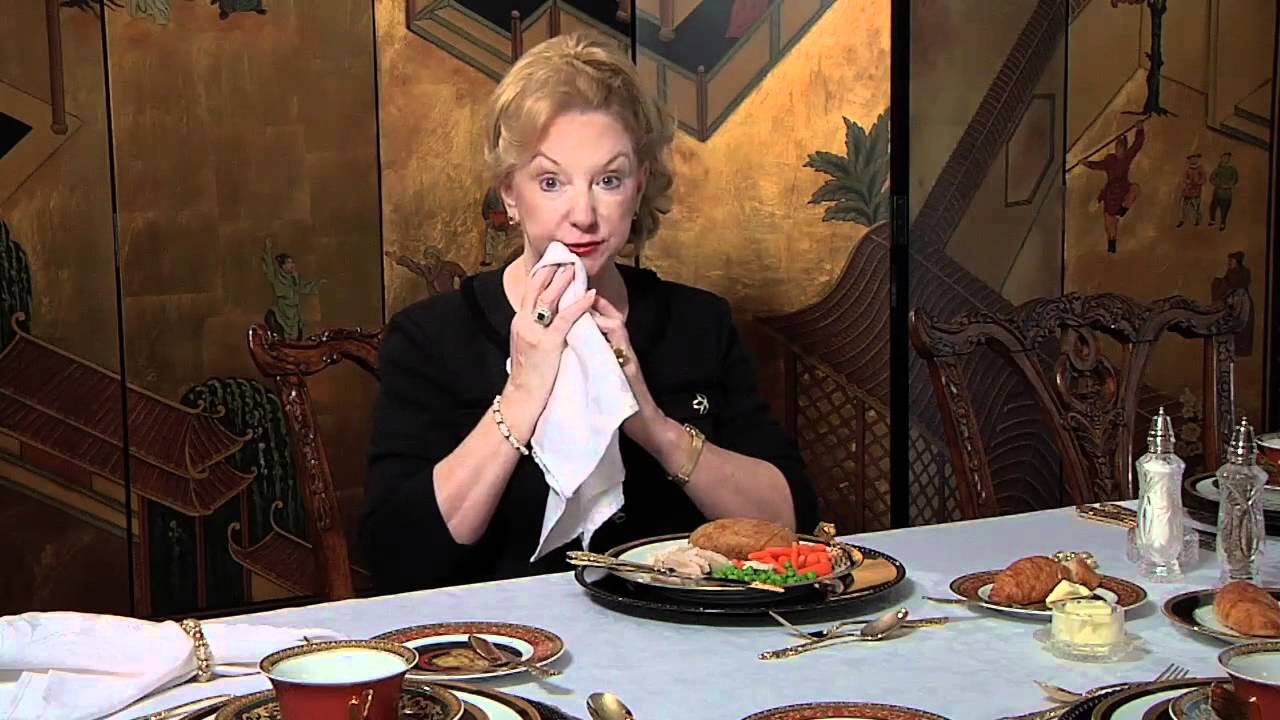
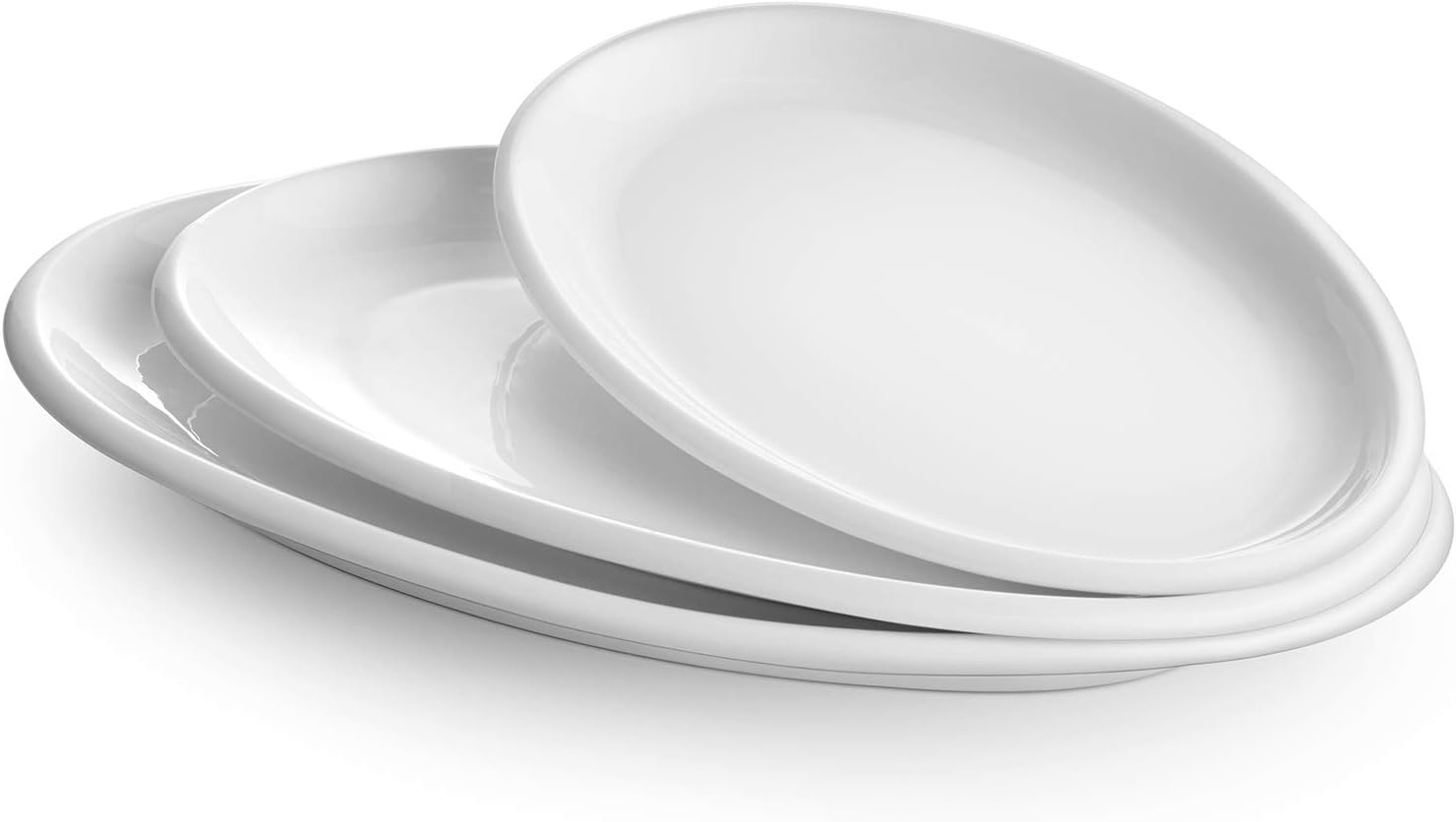

0 thoughts on “How To Clean Silver And Silver-Plated Serving Dishes”